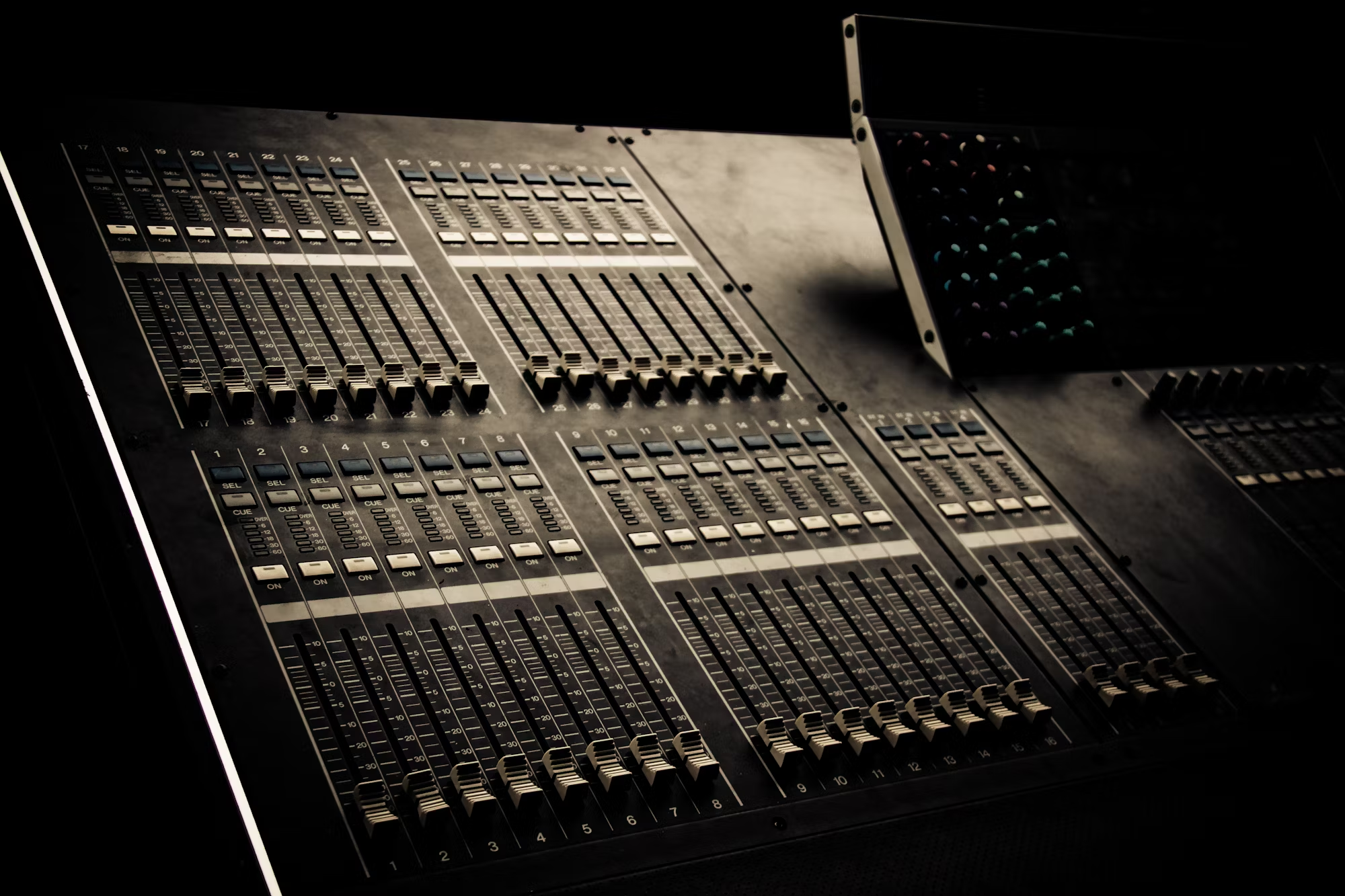Music production is a multifaceted art that combines technical skills with creative vision. The process of crafting soundscapes has evolved significantly over the decades, influenced by advances in technology and changes in musical trends. This article explores the intricate world of music production, from the basics of recording to the sophisticated techniques used by today’s top producers.
Understanding the Basics of Music Production
At its core, music production involves several key stages: songwriting, recording, editing, mixing, and mastering. Each of these stages contributes to the final product, requiring a unique set of skills and tools. The journey begins with songwriting, where ideas and melodies are transformed into structured compositions. This stage is crucial, as a strong song forms the foundation of a successful track.
Once the song is written, the recording phase commences. This is where the magic truly begins. Musicians gather in a studio or create home setups equipped with various microphones and instruments to capture the desired sound. Producers often work closely with artists during this phase, offering guidance on performance and arrangement. The goal is to create high-quality recordings that accurately reflect the artist’s vision.
The Role of Technology in Music Production
In the modern era, technology plays a pivotal role in music production. Digital Audio Workstations (DAWs) like Ableton Live, Pro Tools, and Logic Pro have revolutionized the way music is created and edited. These powerful software platforms allow producers to record, arrange, and manipulate audio with remarkable precision. The flexibility of DAWs enables the exploration of countless sounds and effects, giving rise to innovative music production techniques.
Furthermore, MIDI (Musical Instrument Digital Interface) technology has transformed the way musicians interact with their instruments. MIDI allows for the electronic creation of music, enabling producers to use virtual instruments and samples in their compositions. This flexibility fosters creativity, as artists can experiment with different sounds and arrangements without the limitations of traditional recording setups.
Editing and Mixing: Shaping the Sound
After recording, the next critical step is editing. This involves refining the raw audio, removing mistakes, and ensuring that each element of the track aligns perfectly. Editors can adjust timing, pitch, and dynamics, allowing for a polished final product. This meticulous process requires a keen ear and an understanding of musical structure.
Once the editing is complete, mixing takes center stage. Mixing is the art of balancing individual audio tracks, adjusting levels, panning sounds, and applying effects like reverb and compression. A skilled mixing engineer enhances the overall sound, creating depth and clarity in the music. This stage is where the producer’s creative vision truly comes to life, as they determine how each element interacts within the sonic landscape.
Mastering: The Final Touch
The last stage of music production is mastering, which involves preparing the final mix for distribution. This process ensures that the track sounds cohesive across various playback systems, from headphones to car speakers. Mastering engineers focus on optimizing the track’s overall loudness and tonal balance, adding the finishing touches that elevate the music to professional standards.
Mastering is often considered an art in itself, requiring not only technical skills but also a deep understanding of the music’s emotional impact. A well-mastered track retains its character while achieving the desired loudness, making it competitive in today’s music industry.
The Evolution of Music Production Techniques
Over the years, music production techniques have evolved in response to changing musical styles and technological advancements. The rise of electronic music in the late 20th century marked a significant shift in production approaches. Genres like house, techno, and EDM rely heavily on synthesized sounds and digital manipulation, pushing the boundaries of traditional music production.
Producers in these genres often employ techniques such as sampling, where snippets of existing recordings are repurposed to create new compositions. This practice has led to a vibrant culture of remixing and reimagining songs, contributing to the dynamic nature of modern music. The use of effects like sidechain compression and automation has also become prevalent, allowing for intricate sound design that captivates listeners.
Collaboration in Music Production
Collaboration is a fundamental aspect of music production. Many successful tracks are the result of teamwork between artists, producers, and engineers. The collaborative process fosters creativity, as diverse perspectives contribute to the evolution of a song. Remote collaboration tools have made it easier for musicians to work together from different locations, breaking down geographical barriers in the industry.
Additionally, producers often collaborate with songwriters and musicians to craft the perfect sound. This teamwork allows for a fusion of ideas, resulting in innovative tracks that resonate with audiences. The exchange of skills and knowledge enhances the creative process, leading to the production of high-quality music.
The Future of Music Production
As technology continues to advance, the future of music production holds exciting possibilities. Artificial intelligence and machine learning are beginning to play a role in music creation, offering new tools for producers to explore. AI-driven software can analyze musical patterns, suggest arrangements, and even create original compositions, providing a fresh perspective on music production.
Moreover, virtual reality and augmented reality are emerging as new frontiers in music experience. These technologies offer immersive environments where users can engage with music in unprecedented ways. Imagine attending a virtual concert where the audience interacts with the music and visual elements in real time; this could redefine the way we experience live performances and music as a whole.
Conclusion
The art of music production is a dynamic and evolving discipline that blends technical skills with creative expression. From the initial songwriting process to the final mastering touches, each stage plays a crucial role in crafting the soundscapes we enjoy today. As technology advances and new techniques emerge, the future of music production promises to be as exciting as its past, continually shaping the way we create and experience music. Whether you are an aspiring producer or a music enthusiast, understanding the intricacies of production can deepen your appreciation for the art form and the creativity behind every track.
